Description
A hybrid succulent is a cross between separate succulent species, often times belonging to separate genera. A few examples of hybrid genera (sometimes referred to as nothogenera) include xGraptosedum, xGraptoveria, and xSedeveria. As the names imply, these nothogenera come from the cross between Graptopetalum, Echeveria, and Sedum respectively. Creating hybrid succulents can be incredibly challenging, but the results are well worth the effort, as you will soon read.
Advantages of Hybrids

Hybrids often have advantages over their non-hybrid counterparts, including enhanced hardiness and unique colors. One breathtaking example is Sedum x Rubrotinctum (also known as the Jellybean plant), a cross between two members of the Sedum genus: Sedum pachyphyllum and Sedum stahlii. The pink-tipped, blue-bodied foliage creates a stunning appearance that is a testament to the art of hybridization.
Creation of Hybrids
Pre-Pollination Process
Creating hybrids is done through a process of cross-pollination. Before beginning, it is essential to identify compatible parent plants—a task that can be challenging but is ultimately worth the effort. Compatible plants typically share similar growth habits, flowers, and foliage, although confirming compatibility for any two plants requires in-depth research. I recommend practicing self-pollination techniques and researching hybrid creation thoroughly before attempting this process.
Pollination Process
After selecting your parent plants, the next step is to wait for them to flower. If they bloom at different times, you must collect and store the pollen of one plant until the mother plant flowers. To store pollen, use a sterile brush or swab to gather it and place it in a sealed container kept in a cool, dry environment. When the mother plant opens its flowers, carefully brush the stored pollen onto its stigma using a sterile brush or swab. Once the pollen is applied, it is recommended to cover the flowers with nylon stockings to prevent unwanted pollination.
Seed Collection
Following successful pollination, wait for the flower to fall and the seed pod to dry. The dried seed pod will appear as a brown shell where the flower once was. To collect seeds, gently cut off the pod and peel it open. Place the seeds in a dry, sealable container or sow them directly into a well-draining seed-starting mix. Growing succulents from seed is a meticulous process, and growing hybrids requires extra care to ensure seedlings are kept in an ideal environment.
Further Reading
Once your hybrid reaches maturity, you may want to propagate it. Check out our Succulent Propagation Guide for tips and techniques!
Images
Below are a few spectacular examples of hybrid succulents. If you want to see more, click the link to visit our Image Gallery (Image Gallery coming soon).
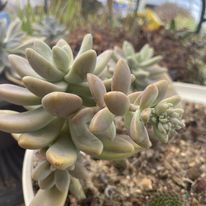
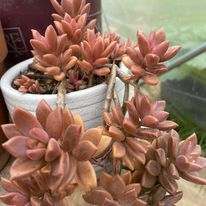
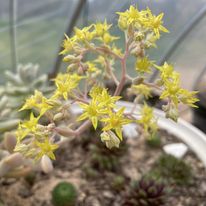
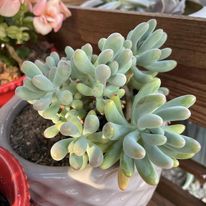

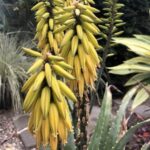



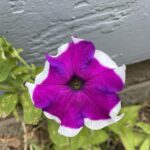
Pingback: A Guide to Succulent Propagation - Gen1 Greenhouse